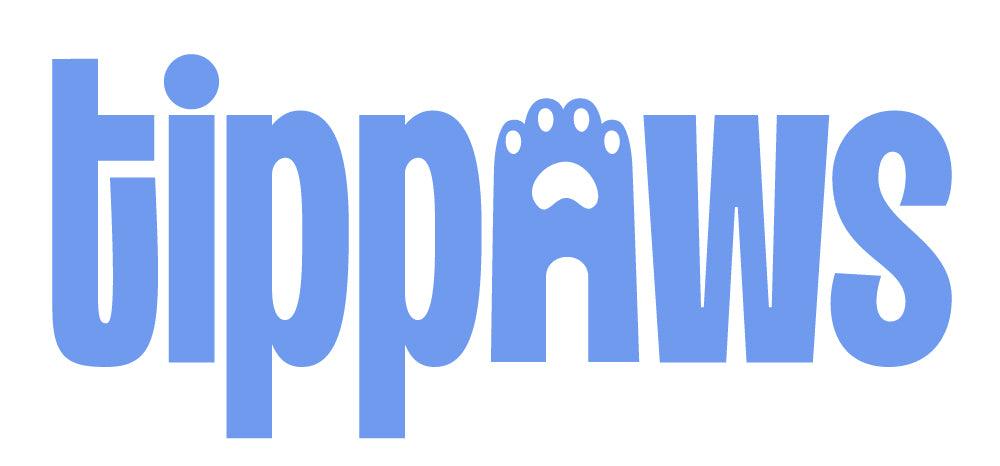Last week, UK Pet Food released their 2024 Pet Obesity report in collaboration with pet nutrition experts, pet food companies and vets. The report is extremely insightful, however it is quite long! So we have summarised some highlights in this blog, focusing on cats and we will provide deep dives into individual topics in the report over the coming months.
What are the key takeaways from the UK Pet Food 2024 Obesity Report for cats?
Cat obesity is a growing concern in the UK, as highlighted in the 2024 UK Pet Food Report. Although cats are beloved companions, their sedentary lifestyles and access to calorie-rich diets have led to a significant increase in overweight felines since the last report. Here’s a summary of key findings and expert advice on managing cat obesity.
The Rise of Overweight Cats
The report shows that 43% of cats in the UK are now classified as overweight, up from 40% in 2014. The rise is attributed to several factors, including the sedentary lifestyle of domestic cats, their natural opportunistic feeding behaviour, and owners’ tendencies to offer excessive treats or human food. Dr. Nathalie Dowgray, Head of ISFM at International Cat Care, explains that while cats are naturally inclined to hunt for food in the wild, domestic cats no longer have to, leading to weight gain when combined with concentrated, calorie-dense diets.
The Impact of Obesity on Cats’ Health
Obesity in cats poses significant health risks, including an increased likelihood of developing diabetes, arthritis, and liver disease. The report emphasises the importance of addressing these risks early, as overweight cats can experience a reduced quality of life and face a shorter lifespan. The link between obesity and serious health conditions underlines the need for preventive measures and effective weight management strategies.
Practical Steps for Managing Cat Obesity
Experts recommend a multi-pronged approach to managing cat obesity:
-
Dietary Adjustments: Feeding cats small, frequent meals can help mimic their natural feeding behaviour and prevent overeating. You can also use food puzzles or bowl-free feeding methods can make eating a more engaging and physically stimulating activity for cats. Our in-house vet nurse Francesca Lees has written a blog about Food Enrichment which has more ideas you can consider.
-
Exercise and Play: Increasing play sessions that simulate hunting can help cats stay active. Playing with laser pointers, feather toys, or balls encourages physical movement and can help burn excess calories. We have also covered tips and tricks for entertaining your cats and getting them moving in previous blogs so be sure to check these out for more ideas!
-
Monitoring and Educating Owners: The report highlights a significant perception gap between pet owners and vets. While many owners believe their cats are at a healthy weight, vets report that nearly half of the cats they see are overweight. Educating owners on how to check their cat’s body condition and providing them with tools like body condition charts can help bridge this gap and promote proactive weight management. ISFM have an excellent tool included below that we recommend to our customers regularly. Instead of focusing on weight (which, like humans can be influenced by other factors such as muscle mass and the size of a cat).

The Path Forward
The UK Pet Food Report stresses that combating cat obesity requires ongoing collaboration between pet owners, vets, and the pet food industry. By providing cat owners with clear information on proper feeding practices, suitable exercise routines, and effective monitoring tools, the aim is to create a healthier future for cats in the UK.
By taking small steps and building healthy habits from the beginning, cat owners can ensure their pets lead longer, healthier, and more enjoyable lives.
Note: this is a very brief summary of a very thorough report. We will be diving into the detail of different sections of the report over the next few weeks/ months so check back in to see updates!


Hi Cat, apologies for the delay – we had a glitch in our blog comments system so missed a few posts.
Yes there is a correlation between weight gain and spaying, here’s an article with more info: https://www.tippaws.com/blogs/news/what-should-i-feed-my-neutered-cat?pos=3&_sid=e049524ba&ss=r
In terms of added sugar in cat foods, sugar has the same impact as humans i.e. cats have a certain caloric need dependent on many factors (size, activity etc) so more sugar = more calories and you need to manage this to ensure your cat is not consuming more than they need otherwise they will be prone to weight gain.
Regarding teeth and sugar, yes! You are correct. Here’s a Cat’s Protection on dental health which talks about this: https://www.cats.org.uk/help-and-advice/health/dental-care#:~:text=Although%20sugar%20isn’t%20poisonous,your%20cat%20in%20our%20guide.
Thanks for your interesting questions! They will be helpful for the rest of our community too :)
Is there any correlation between weight gain and spaying?
Also, does the inclusion of sugars in many manufactured cat foods add to feline weight gain and dental caries?